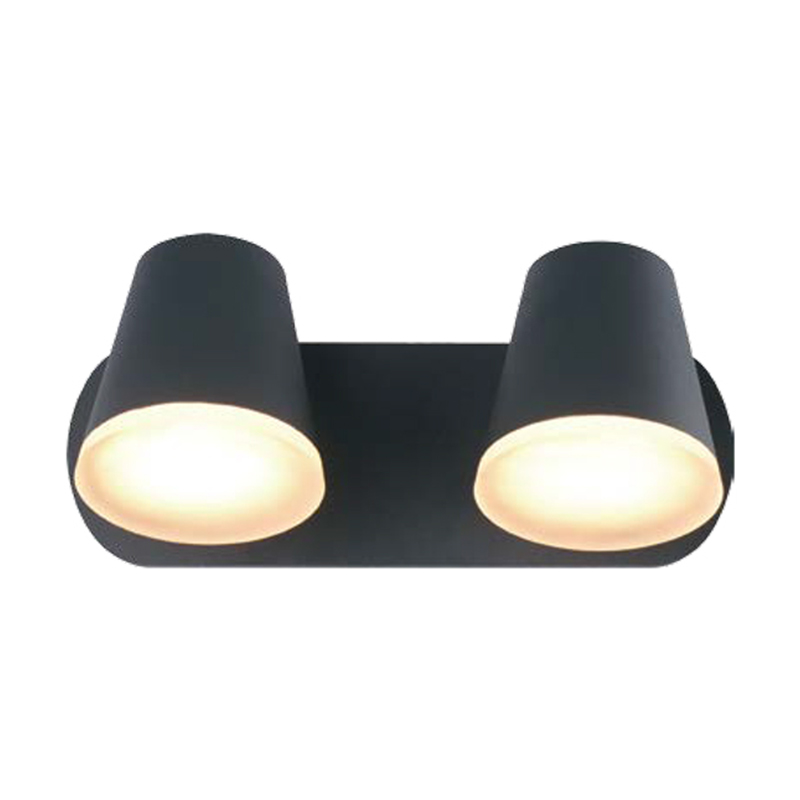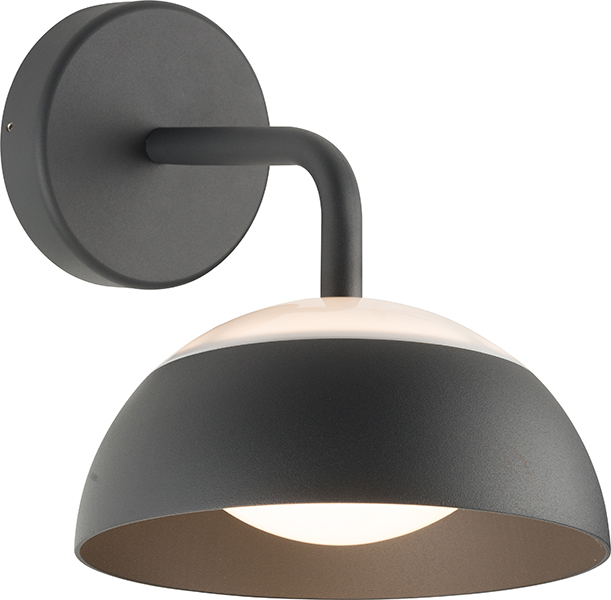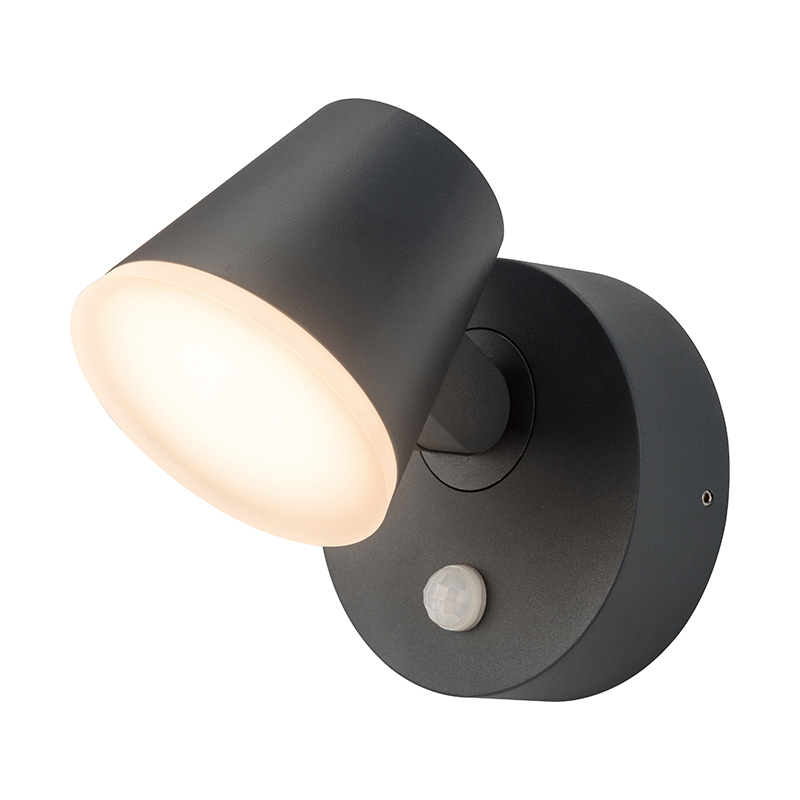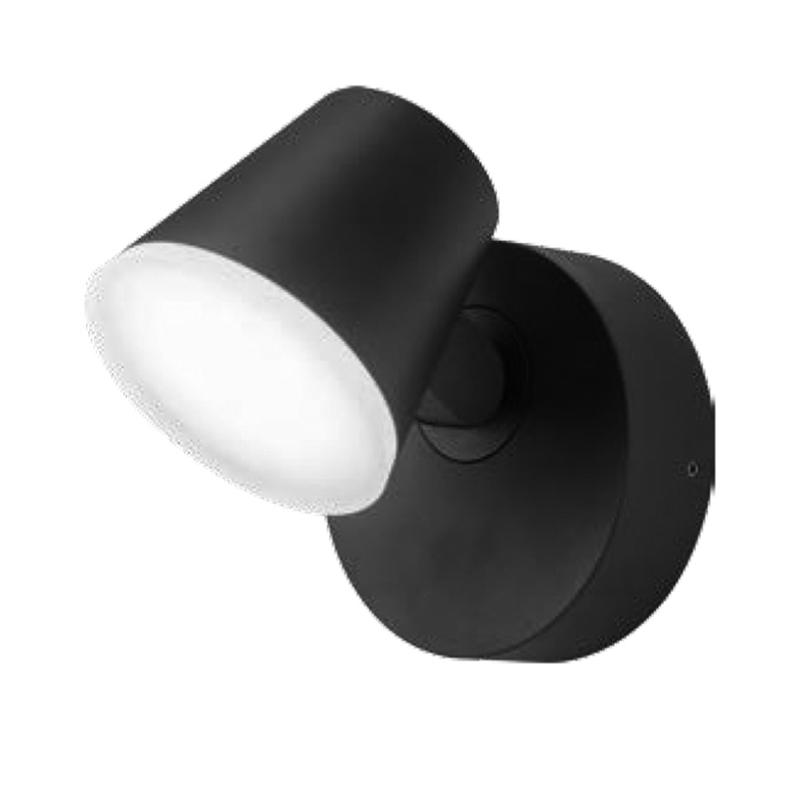
How to maintain and clean outdoor solar lawn lights to ensure optimal performance?
Solar panels are the core component responsible for charging the battery in outdoor solar lights. Over time, dust, dirt, and debris can accumulate on the surface, reducing the amount of sunlight that reaches the panel and impairing its efficiency. Clean the solar panel regularly using a soft cloth or a microfiber cloth, dampened with mild soap and water. It’s important to avoid using abrasive pads or harsh cleaning agents, as these can scratch or damage the solar panel’s surface, leading to further reduction in performance.
Similar to the solar panel, the lens that covers the LED light bulb can also accumulate dirt, smudges, or water stains. These can obstruct light output and affect visibility. To clean the lens, use a soft, lint-free cloth to wipe away any dirt. For stubborn stains, a mild cleaning solution can be applied, followed by a gentle wipe. Be sure to dry the lens after cleaning to prevent water spots, which could also impair the light’s performance.
For optimal solar energy absorption, ensure that the solar panel receives direct sunlight for a significant portion of the day. This means keeping the solar panel free from obstructions such as tree branches, leaves, and other debris that could block sunlight. Periodically inspect the surrounding area for any foliage or objects that may have grown or shifted and are now blocking the panel. Trimming or clearing away such obstacles ensures that the panel gets the full amount of sunlight it requires to function properly.
The battery is another critical component that requires attention. Most outdoor solar lawn lights use rechargeable batteries, typically lithium-ion or nickel-metal hydride (NiMH), which degrade over time due to regular charging and discharging. To maintain performance, periodically test the battery to ensure it is holding a sufficient charge. If the light dims or stops working, the battery may need replacing. Always replace the battery with one that matches the manufacturer’s specifications to avoid issues related to charging and compatibility. It’s recommended to replace the battery at least every 1-2 years, depending on usage and climate conditions.
LED bulbs used in solar lawn lights have a long lifespan, often lasting several years. However, if the light output is dim or the light is no longer functioning, inspect the bulb to ensure it is not faulty. If the bulb appears to be burned out or damaged, replace it with an LED bulb that matches the light’s specifications. When selecting replacement bulbs, it’s advisable to choose high-quality LEDs, as they offer more efficient energy usage and can extend the overall lifespan of the solar light.
Since outdoor solar lights are exposed to various environmental elements, corrosion or rust may develop on metal parts, particularly if they are frequently exposed to moisture. Examine the casing, stakes, and other metallic components of the light for signs of rust or corrosion. If corrosion is present, clean the affected areas using a wire brush or sandpaper to remove the rust. Afterward, apply a corrosion-resistant coating or paint to prevent further rusting. Keeping the metal parts dry and regularly inspecting them can help to extend the lifespan of the lights.
After cleaning and performing basic maintenance, always test the light to verify that it’s functioning correctly. If the light does not turn on, even after cleaning the solar panel and replacing the battery or bulb, the issue may lie with the wiring or internal connections. In such cases, check for loose, disconnected, or damaged wires, and if necessary, consult the manufacturer’s instructions for troubleshooting.
Outdoor solar lights are designed to withstand a variety of weather conditions, but seasonal changes, particularly in extreme climates, can cause wear and tear. Before the onset of each new season, conduct a thorough inspection of the light and solar panel. During winter months or particularly cold seasons, freezing temperatures can affect battery performance or cause damage to the light’s components. If you live in an area with harsh winters, consider storing the lights in a dry, cool location to protect them from freezing. This will help preserve their functionality and prevent issues such as battery failure or cracked casings.
Product Category
News Category
- Detailed information
 Emily: emily@cn-hangjia.com
+86-158 8806 3776
Emily: emily@cn-hangjia.com
+86-158 8806 3776 Fanny: fanny@cn-hangjia.com
+86-134 8422 9778
Fanny: fanny@cn-hangjia.com
+86-134 8422 9778 Tina
: tina@cn-hangjia.com
+86-159 5829 3091
Tina
: tina@cn-hangjia.com
+86-159 5829 3091 Address : East Industrial Park Linshan Town Yuyao City Zhejiang Province
Address : East Industrial Park Linshan Town Yuyao City Zhejiang Province

 English
English 中文简体
中文简体







